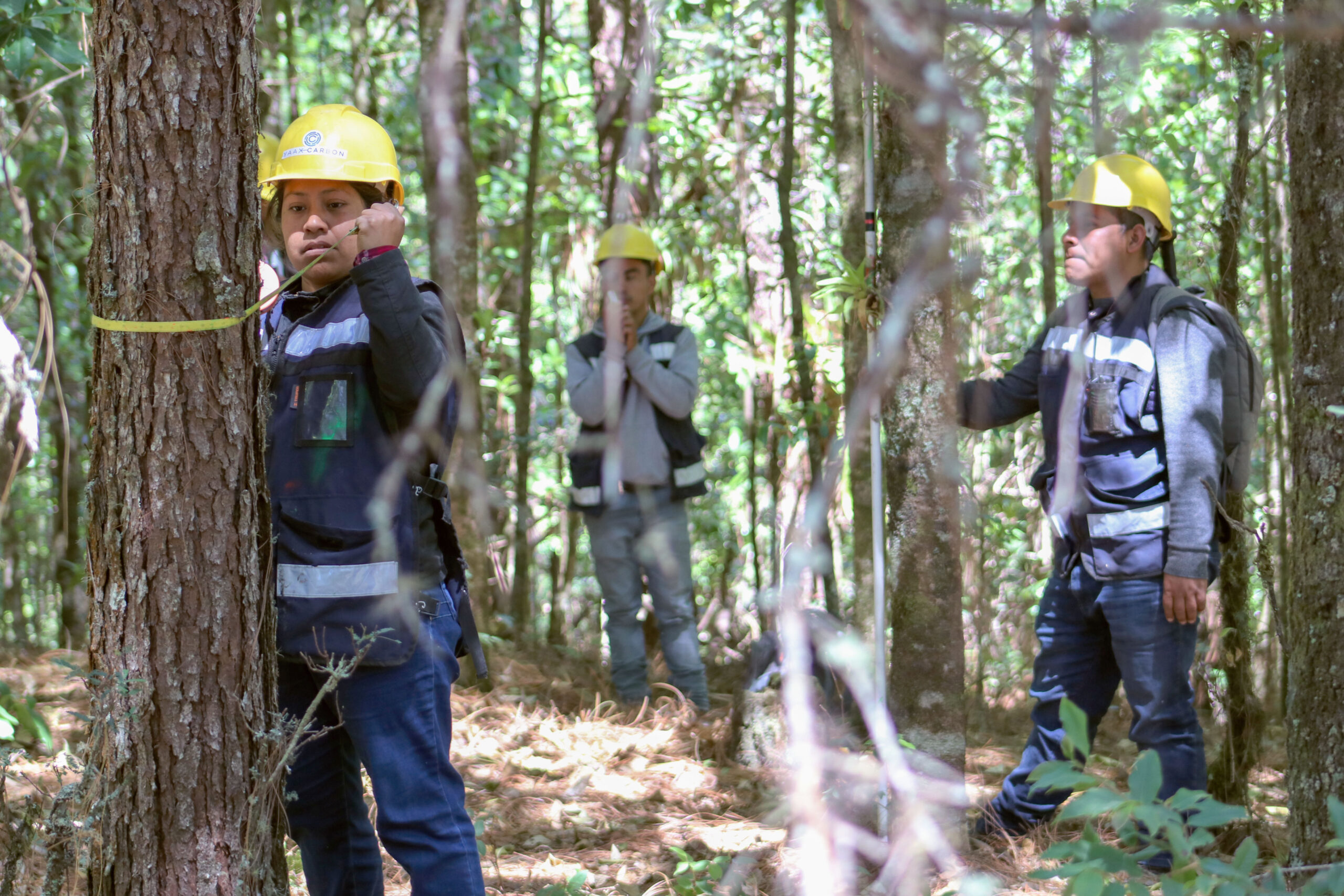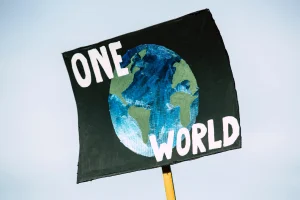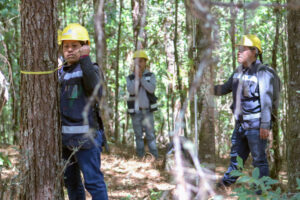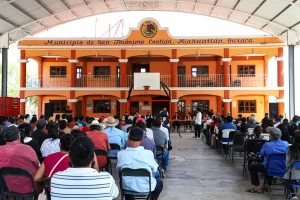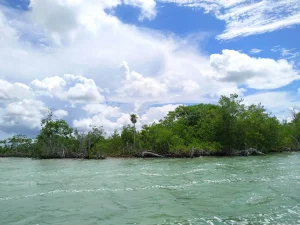The world is in a race against time, with climate change emerging as the greatest threat to humanity and the environment. In this context, nations around the globe have signed agreements and treaties to implement projects aimed at curbing global warming and biodiversity loss.
Where Do We Come From and Where Are We Going?
In the latter half of the 20th century, greenhouse gas (GHG) emissions increased dramatically due to human activities.
Various studies showed that more GHG emissions were being produced than the planet could naturally absorb, leading to their accumulation in the atmosphere, trapping heat on Earth, and raising global temperatures.
Understanding the implications of this phenomenon, such as the melting of glaciers, the increased frequency of natural disasters, and the loss of biodiversity, to name a few, compels the international community to take urgent action.
As a first step, the Kyoto Protocol was signed on December 11, 1997, an international agreement in which participating parties committed to taking action to reduce GHG emissions.
It was under this agreement that carbon markets emerged as a mechanism for governments, businesses, and individuals to participate in the buying and selling of credits to reduce GHG emissions, helping them meet the environmental obligations outlined in these treaties.
How Do Carbon Markets Help in the Fight Against Climate Change?
Carbon markets trade in what are known as credits or offsets, which hold economic value. When purchased, these credits support developing programs that capture carbon dioxide from the atmosphere. Each credit represents one ton of carbon emissions reduced or removed.
However, there is a significant variation in pricing and valuation within the markets, depending on factors such as the type of credit, geographical location, certification standards, the age of the credits, and the additional benefits offered by the projects issuing them.
Differences Between Regulated and Voluntary Markets
More than 20 years after the signing of the Kyoto Protocol, and with various agreements and treaties established over this period, the evolution of the carbon credit market has been slow and complex.
In addition to international agreements, some jurisdictions have enacted laws to combat climate change, creating systems, regulations, and penalties for the companies and industries that pollute the most within their territories. Others, however, have taken a more lenient approach to the issue.
Today, two types of markets can be distinguished: regulated carbon markets and voluntary carbon markets.
The regulated carbon market operates in accordance with government regulations in each country, where companies are mandated to reduce their greenhouse gas emissions.
On the other hand, voluntary carbon markets exist in countries that, while committed to international agreements on GHG mitigation, do not require corporations by law to participate in these mitigation mechanisms.

Regulated Carbon Credit Markets
As mentioned, these markets are regulated by the governments of countries or regions that have enacted legislation to compel companies to reduce their greenhouse gas emissions in order to continue operating.
These markets function by setting a maximum emissions limit or requiring companies to offset any excess emissions through the purchase of emission rights.
Voluntary Carbon Credit Markets: The Case of Mexico
Voluntary carbon credit markets develop in countries that, while committed to global agreements for emission reductions, do not have legal obligations for companies to invest in these instruments.
In Mexico, the carbon credit market emerged in 2013, a decade later than in other countries, operating voluntarily and relying on the ethical responsibility and environmental commitments of companies willing to invest in them.
However, in 2012, the Mexican government published the General Law on Climate Change, laying the foundation for the Emissions Trading System (ETS), which establishes a cap of 100,000 tons of carbon dioxide emissions.
The ETS was designed as a mechanism to incentivize companies to reduce their greenhouse gas emissions by setting an emissions cap and providing instruments such as carbon credits for when their fixed sources exceed the legally defined emissions threshold.
The Emissions Trading System, which includes a protocol for implementing a mandatory carbon credit market within the national territory, was supposed to conclude its pilot phase in 2022 and begin its operational phase in January 2023. As of late 2024, this has not yet occurred.
It is worth noting that in 2016, Mexico ratified its commitments to the Paris Agreement, pledging to reduce its greenhouse gas emissions by 22% by 2030, thereby accelerating the need to meet its emission reduction targets.
Mexico must expedite its efforts to fulfill its international commitments and, above all, to ensure the conservation of its habitats, soils, seas, and skies.
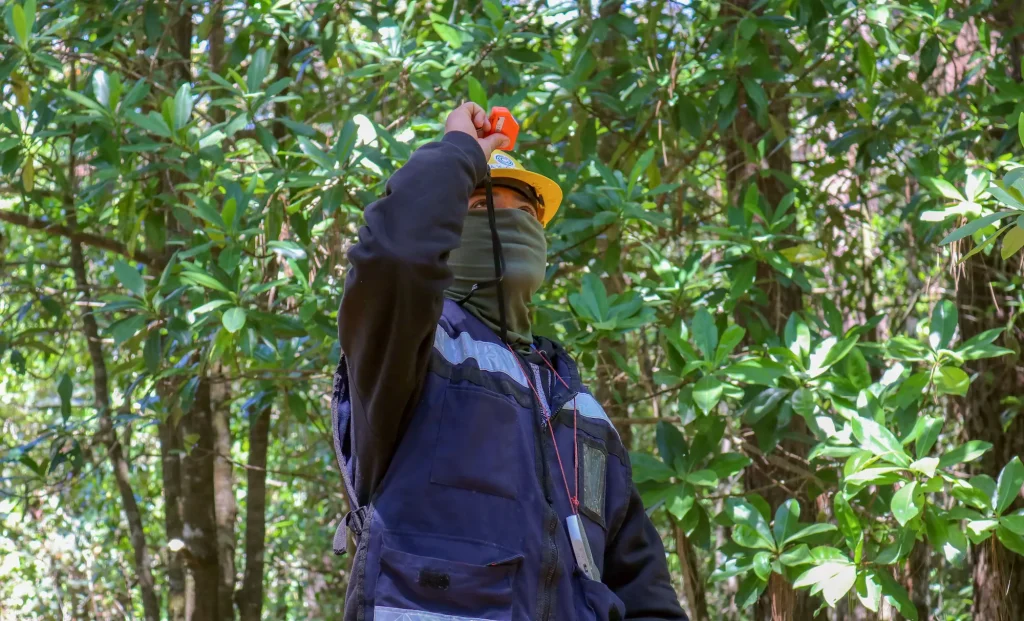
Challenges of Voluntary Carbon Markets
Global carbon markets are gaining increasing attention, experiencing a significant surge in demand and impacting the development and technological innovation within their projects. As a result, prices are rising considerably, supply is shifting, and quality standards are becoming stricter.
Within voluntary markets, companies that invest in carbon credits have demonstrated a greater commitment to their environmental responsibilities.
Undoubtedly, more and more companies are realizing that, as part of a global climate strategy, carbon credits are a proven opportunity to offset their unavoidable emissions and support ambitious global climate action.
The challenge is clear: to legislate, standardize, and certify carbon credit markets worldwide, ensuring accurate measurement, transparency, and ethics in implementing a mechanism that, for over 20 years, has proven to be a necessary tool in our global fight against climate change.

